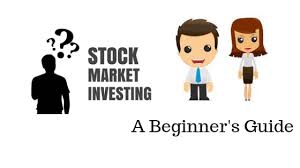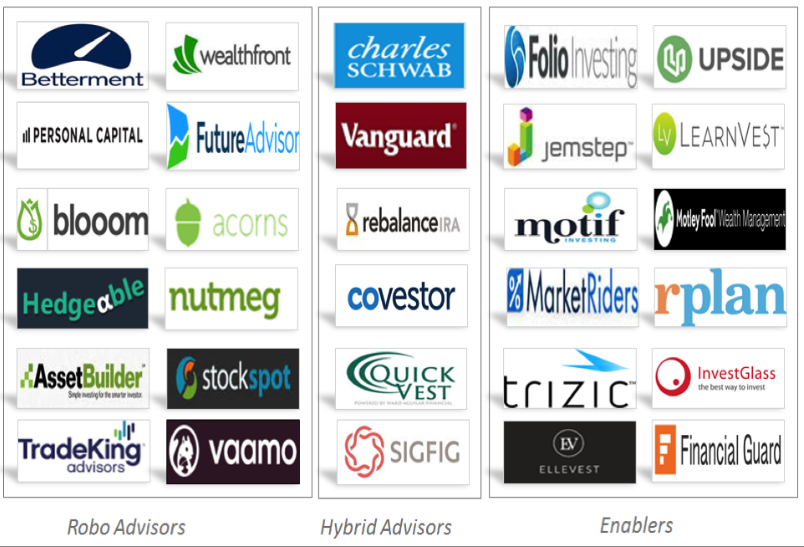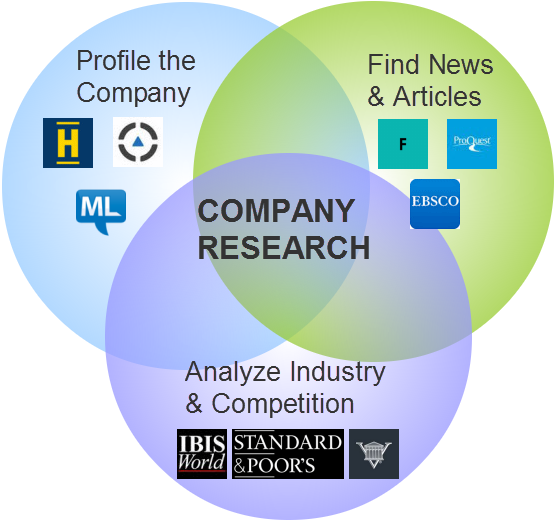On January 26, 2019, I had lunch with a prospective client on a Sunday afternoon. During the meeting, my phone vibrated repeatedly in my jacket, prompting me to wonder what the urgency was behind the messages. Later, when I checked my messages, I learned that they related to the death of Kobe Bryant.
One of my friends had sent me a late-breaking piece, and initially, I thought it couldn’t be true. I believed that social media was jumping to conclusions. However, upon visiting various social media sites and popular news media, I encountered the same, inevitable truth. In an attempt to hold onto the hope that Kobe was still alive, I watched replays of his games repeatedly.
The news left me in disbelief for the entire day, and I yearned for more news that would report that it was just a minor accident. It was emotionally difficult to hear that his daughter had died in the same helicopter accident. I couldn’t fathom the devastation that Kobe’s family must have felt after experiencing such a catastrophic helicopter crash. Kobe has always been an inspiration to me, and his loss is deeply felt. Anyone can relate to Kobe because he was genuine. His passion was undeniable, and the way he lived his life was truly inspirational.
Who Was Kobe Bryant?
Kobe Bryant was just 17 years old when he entered professional basketball in the NBA straight out of high school. At the beginning of his career, Bryant didn’t have many opportunities to play, despite having more potential than many of his teammates. When he was given the chance to play regularly, NBA fans saw glimpses of his unique style and skill. As his career progressed, it was clear that he was destined for greatness.
In 2002, I was fortunate enough to see Kobe Bryant and Michael Jordan play in the NBA for the first time. The home game took place in Washington, D.C., with the Wizards, led by Michael Jordan, facing off against the Lakers, led by Kobe Bryant.
The game was intense and close, but the Wizards ultimately beat the Lakers in the final seconds. During the game, Jordan told Bryant that he could “wear those shoes, but never fulfill them.” This critique annoyed Bryant so much that he stopped communicating with his team for two weeks. In the next game against the Wizards, the Lakers won, with Bryant scoring a retaliatory 55 points.
There were numerous similar stories about Kobe’s desire for revenge on the court, as he always found ways to improve and get ahead. His work ethic and pursuit of wisdom and knowledge led to five NBA championships and a lengthy list of legendary achievements.
Kobe Bryant’s work ethic was legendary. The best moments of his career were not captured on ESPN; rather, they occurred during the early mornings and late nights when he practiced more than anyone else. Bryant was always the first and last person to arrive at and leave the gym. He followed a strict workout regimen and even found ways to practice while injured, such as focusing on his weaknesses or using his uninjured hand. There was no off-season for Bryant; his summer training sessions were traditionally just as intense as the regular season. Hard work, both on and off the court, was a consistent effort for him. Kobe Bryant exemplified the meaning of perseverance and hard work through his actions.
Talent can only take someone so far in their profession. For example, most starting players in the NBA have the potential to score 20 points per game and some have scored a 20-point game, but most players cannot consistently perform at that high of a level every night. Similarly, most investors will have some years of outperforming the market, but most investors cannot consistently outperform the market average over a lifetime. Those few who can consistently perform at a high level share one trait: hard work.
Bryant believed that he should work hard as if he never had any talent. When asked why he was such a hard worker, he said, “To think of me as a person that’s overachieved would mean a lot to me. That means I put a lot of work in and squeezed every ounce of juice out of this orange that I could.”
Hard work is about commitment and there are no substitutes for it.
Lesson about short cuts: Blackberry (BB) had the potential to compete with Apple (AAPL) but has been unable to do so due to a lack of innovation. As a result, it is no longer a significant player in the smartphone industry. In an attempt to regain market share, Blackberry released a rushed and unfinished smartphone. However, the company did not invest enough in research and development or give its engineering team sufficient time to deliver the promised features. As a result, Apple has already won the market and Blackberry was unable to match its commitment.
Actively Seeking Wisdom and Knowledge
Kobe was skilled at using every tool at his disposal to become a better basketball player. He watched soccer and noticed that soccer players had a unique freedom of movement. He observed that they used more ankle torque than basketball players, but did not experience a higher incidence of ankle injuries. Kobe began researching ways to improve his signature shoe. He asked Nike to remove a few millimeters from the sole to provide better traction and incorporate the benefits of soccer shoes. The result was a low-top shoe that offered structural ankle support, improved traction, and faster response time.
Kobe Bryant was known for cold calling basketball players and business leaders to learn about their successes. He studied the movements of animal predators in order to incorporate them into his jump shots and psychology to gain an advantage over his opponents. Kobe also analyzed the weaknesses of other players and the foul calls made by referees. Some might view Kobe’s behavior as erratic, but those in similar positions of success often see this level of obsession as normal and even beneficial.
Many successful people have an obsession with their work. It is a common trait found in leaders, business professionals, and investors. For example, Sam Walton immersed himself in the wisdom of all he could learn from competitors to junior associates at Walmart. He took advantage of every opportunity to enhance the business. The Walmart business model is built on low prices and efficiency. Another example is Elon Musk, who was months away from bankruptcy and slept in the Tesla factory for months in order to turn the company around. Warren Buffett searched through 10,000 pages of Moody’s manual to become familiar with every public company. Once he found a few suitable investments, he studied everything he could about those companies and invested accordingly.
Champions are constantly seeking to improve and develop their skills. In the world of sports, championships are often determined by small margins such as a fraction of a second, one snap, or one turnover.
In the world of investing, small differences can lead to millions in earnings or bankruptcy.
Kobe Bryant’s dedication to basketball is inspiring. He has influenced many people and shared his wisdom. His “Mamba mentality” is about working hard and living up to one’s potential.
Kobe believed that he should always work hard as if he had no talent.













